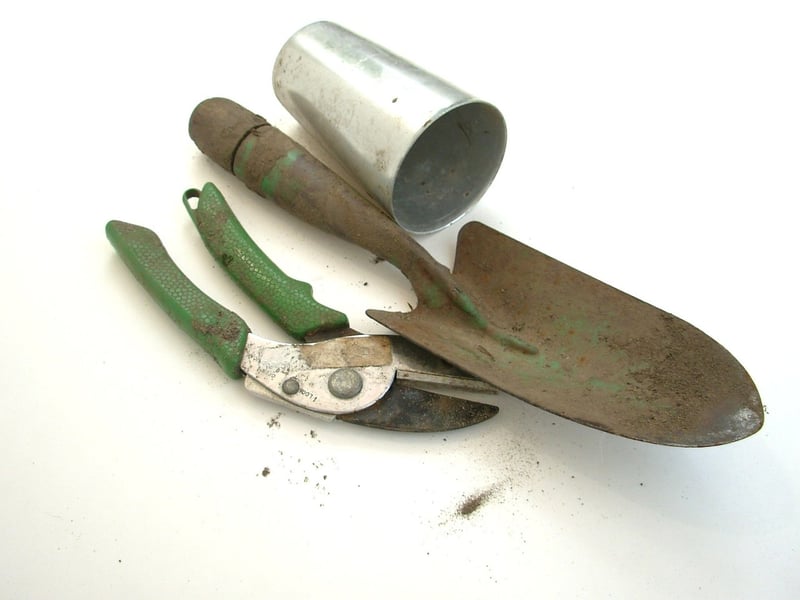Fertilizing Guide
Maintain Healthy Plants: A Fertilizing Guide
Having healthy plants is essential for any gardening enthusiast. One key aspect of plant care is providing them with the right nutrients through fertilization. In this guide, we will explore the importance of fertilizing, different types of fertilizers, and best practices to ensure your plants thrive.
The Importance of Fertilizing
Plants require essential nutrients such as nitrogen, phosphorus, and potassium to grow and flourish. While soil naturally contains some of these nutrients, they can become depleted over time, especially in potted plants or high-demand areas.
By fertilizing your plants, you replenish these nutrients, promoting healthy growth, vibrant blooms, and robust foliage. However, it's crucial to use the right type of fertilizer and apply it correctly to avoid damaging your plants.
Types of Fertilizers
There are various types of fertilizers available, each catering to specific plant needs:
- Organic Fertilizers: Made from natural ingredients like compost, manure, or bone meal, organic fertilizers release nutrients slowly, improving soil structure over time.
- Synthetic Fertilizers: These are chemical-based fertilizers that provide nutrients quickly and are suitable for plants with specific deficiencies.
- Granular Fertilizers: These come in a solid form and release nutrients gradually, ideal for long-term feeding.
- Liquid Fertilizers: These are fast-acting and are absorbed quickly by plants, making them suitable for foliar feeding.
Fertilizing Best Practices
Follow these best practices to ensure effective fertilization:
- Read the instructions on the fertilizer package carefully to determine the right amount and frequency of application.
- Apply fertilizer to damp soil to prevent burning the plant's roots.
- Avoid over-fertilizing, as it can lead to nutrient imbalances or burn the plant.
- Fertilize during the plant's active growing season for best results.
- Consider soil testing to determine any deficiencies before choosing a fertilizer type.
By following these guidelines and understanding your plant's specific needs, you can ensure they receive the necessary nutrients to thrive and enhance your garden's beauty.

Remember, healthy plants not only look beautiful but also contribute to a vibrant and thriving ecosystem in your garden. With the right fertilizing practices, you can enjoy lush greenery, colorful blooms, and bountiful harvests for years to come.
Happy gardening!
